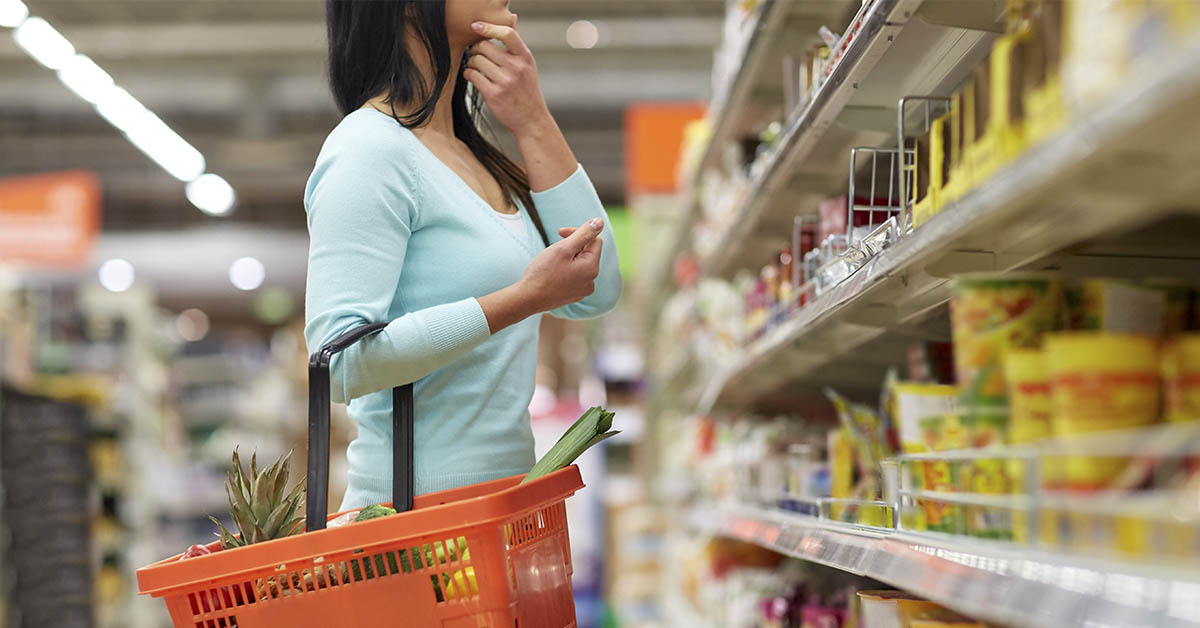Have you ever found yourself at the checkout line with more items in your shopping cart than you originally planned? Don’t fret, because it’s not entirely your fault. Grocery stores employ various tactics to entice shoppers into purchasing more items than they need. However, you can stay one step ahead by learning to recognize these strategies and avoiding them on your next shopping trip. With our tips, you can steer clear of impulse purchases and leave the store with only what you intend to buy. Use these insider grocery store secrets to make the most of your shopping budget and score great deals on your next grocery run.
Grocery stores mist vegetables
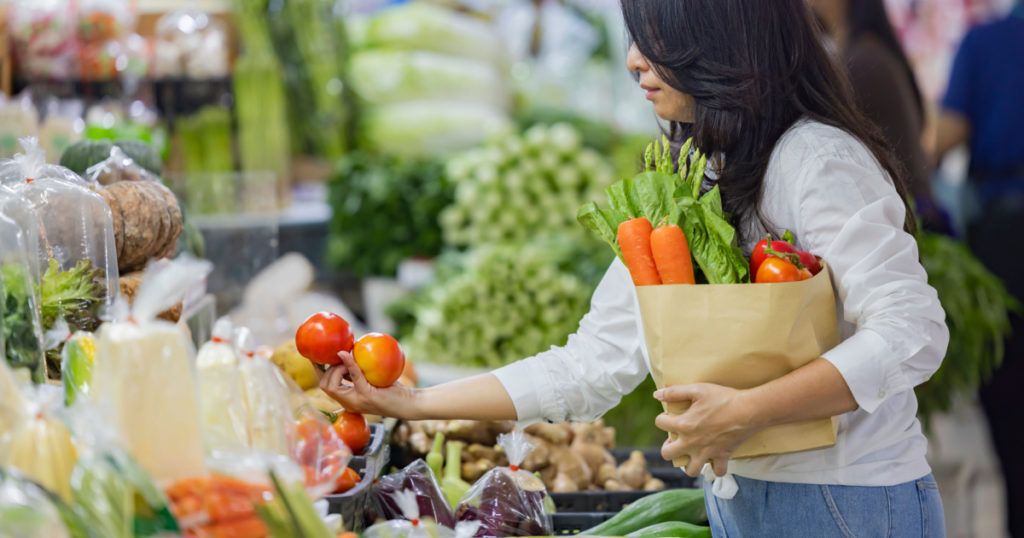
Have you ever been lured by the sparkling freshness of the produce section? Grocery stores often use the mist to make their fruits and vegetables appear more enticing and ripe. However, looking fresh and being fresh are not always the same. Inspecting your produce carefully before purchasing is important to ensure you’re getting the best quality. Don’t be swayed by appearances alone, and take the time to examine each item for signs of damage or spoilage.
Read: Hidden Cameras Catch a Scam that is Happening in Grocery Stores Around the Country
Enticing sale signs
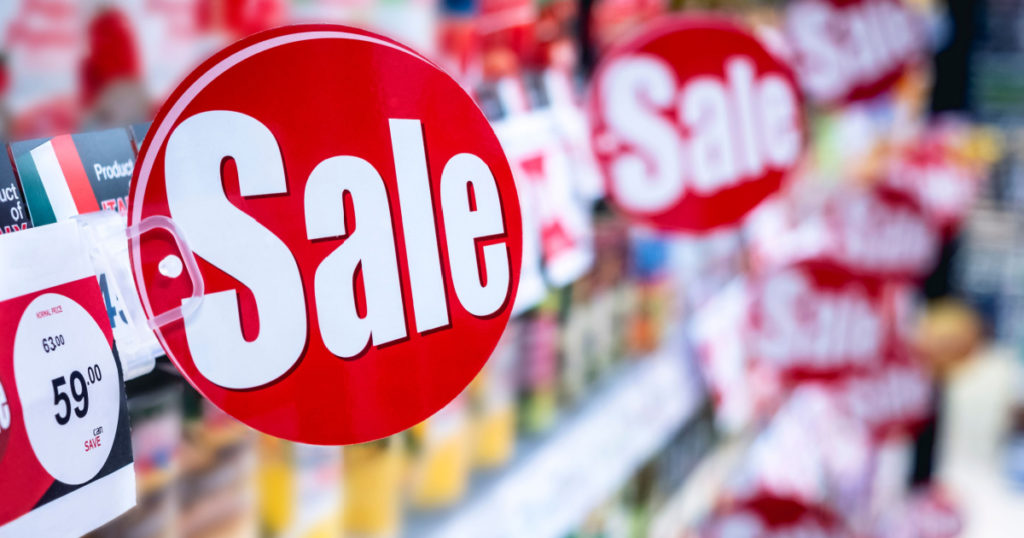
It’s hard to resist the allure of a flashy sale sign or sticker when you’re shopping. However, these attention-grabbing promotions can sometimes distract you from other items on the same shelf that may be just as good but less expensive. While the sale item may seem like a great deal, it’s important to keep your eyes open for comparable products that could be even cheaper. Don’t let the marketing tactics fool you into thinking that the sale item is always the best value.
Cold drinks are placed near the front of the grocery store

The coolers filled with refreshing drinks near the checkout may seem convenient and tempting. However, it’s important to be aware that these chilled beverages can often come at a higher price than the same drink found in the regular beverage aisle. Don’t be swayed by the allure of convenience, and take the time to compare prices before making a purchase.
Read: A Teacher Who Quit and Took a Job at Costco Says Life is Much Better now — She Has a Life, Can Pay Her Bills and Finally Sleeps at Night
Seasonal foods are displayed beautifully in front of grocery stores
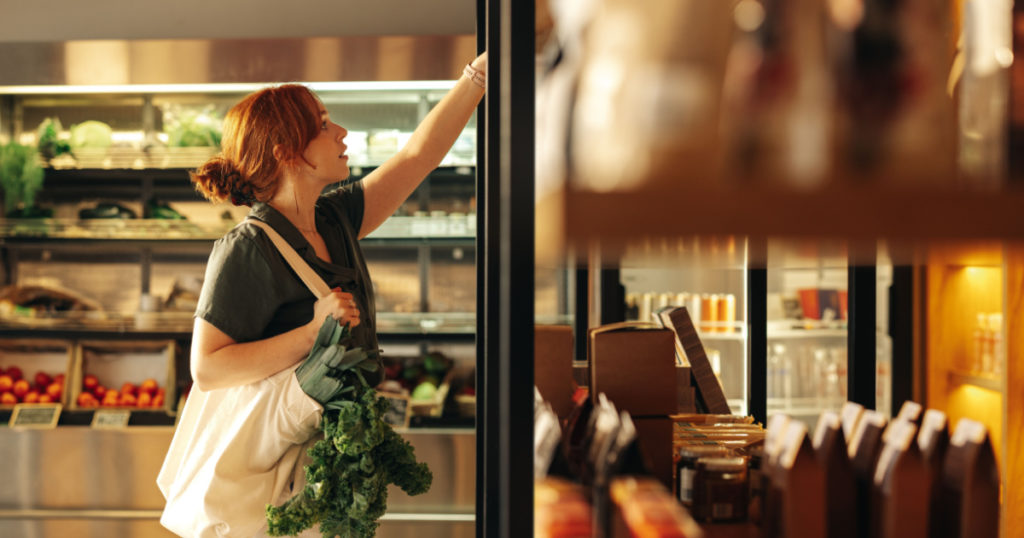
Do you find yourself greeted by a tempting array of seasonal treats as soon as you enter the store? Those eye-catching front displays featuring cupcakes and cookies decorated for holidays like Valentine’s Day, Easter, or the Fourth of July are no coincidence. They’re designed to get you in the holiday spirit and encourage you to indulge in a sweet treat. Don’t be fooled by clever marketing tactics, and remember to stick to your shopping list to avoid impulse purchases.
Oversized carts
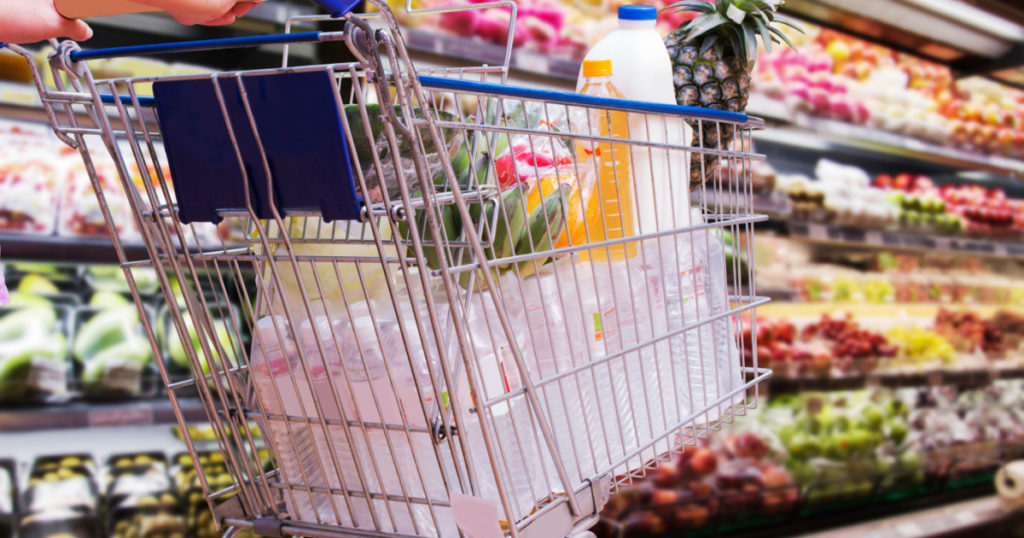
Have you noticed that grocery carts seem to be getting larger these days? This tactic is used by stores to encourage customers to spend more money. With a bigger cart, it’s easier to underestimate how much you’re buying. This can lead you to add more items to your cart than you need. In turn, you may be more likely to make impulse purchases to fill up the extra space. And stores are well-prepared for this behavior. Don’t let the size of the cart dictate how much you buy. Stick to your shopping list and only purchase what you need.
Luring you in with tasty smells
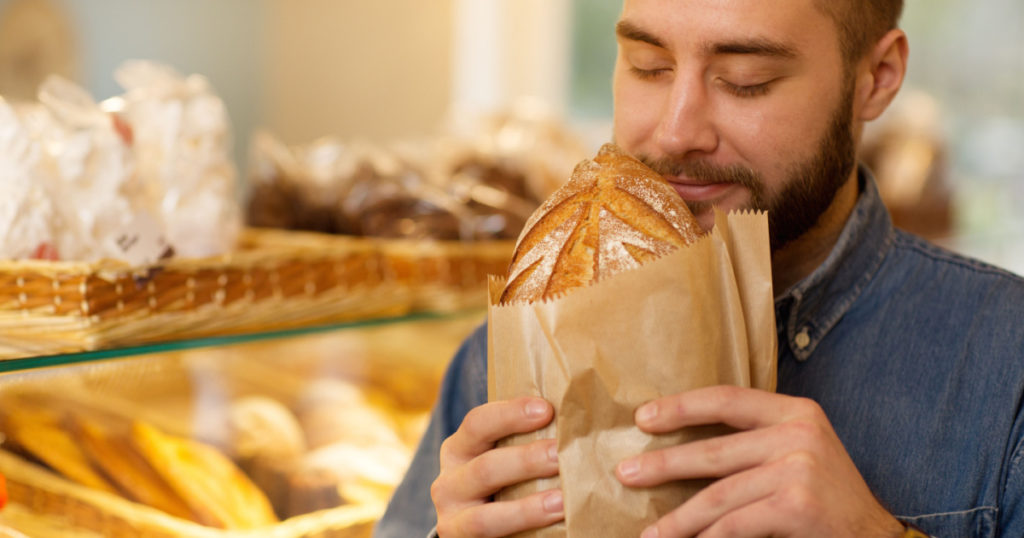
Have you ever noticed the stands around the store offering free samples? They’re not just there to let you taste the food but also to entice you with their aroma. The bakery and flower shops at the front of the supermarket are strategically placed for convenience and to entice your sense of smell. These sections emit delicious and alluring scents that stimulate your hunger—ultimately encouraging you to purchase more items and spend more money.
Expensive items strategically placed
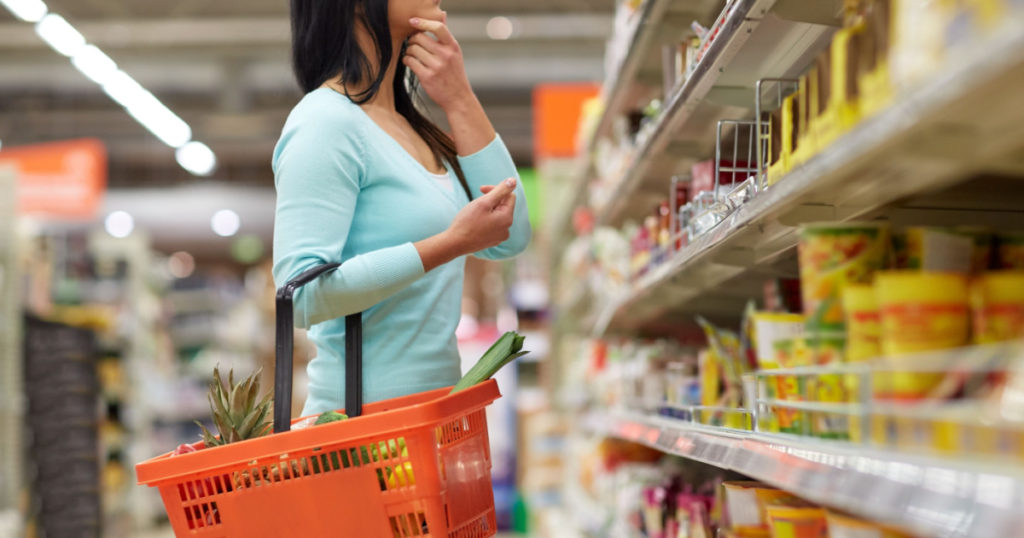
The next time you’re in the market for a box of pasta, don’t settle for the first one you see. Take a moment to scan the pasta section and see if you can find a less expensive brand. You might be surprised to discover that the cheaper options are often located above or below the pricier ones. Don’t be afraid to explore your options and compare prices to ensure that you’re getting the best value for your money.
Smart shelving (this one references the one above)

Did you know that grocery stores often place certain items at eye level to target specific customers? For instance, you might notice that healthier cereal options are positioned at your eye level. While sugary cereals are strategically placed at your children’s eye level. This is a marketing tactic designed to appeal to different shoppers and encourage them to make certain purchases.
Read: Hidden Cameras Catch a Scam that is Happening in Grocery Stores Around the Country
Grocery store layout – is there a sudden change?
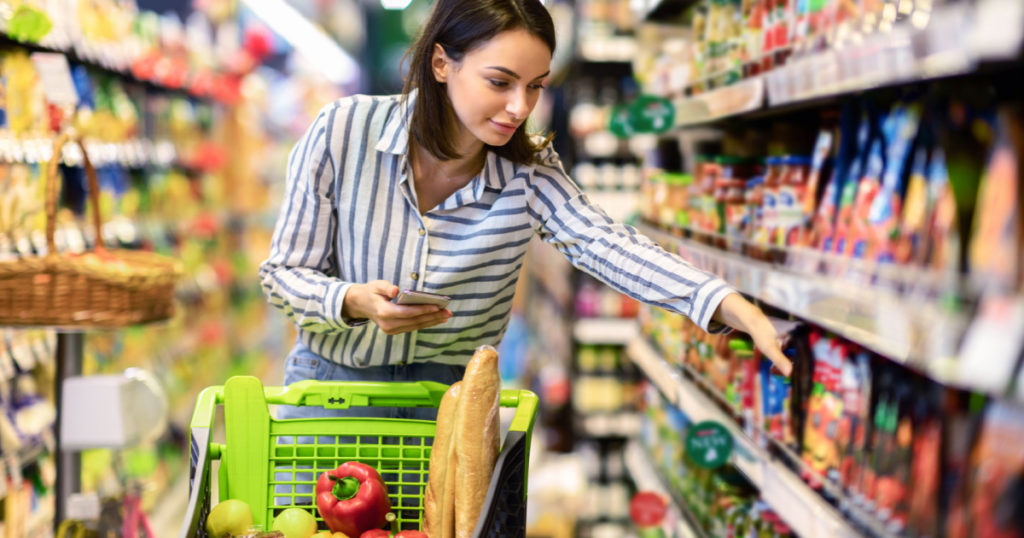
Have you ever wondered why grocery stores constantly rearrange their aisles and products? It’s all part of a tactic to entice shoppers into buying more. As you search for the items you need, you’re more likely to come across new food items that catch your eye. Before you know it, you’ve added a few extra things to your cart that you didn’t originally plan on buying.
Overpriced ‘healthy’ options like eggs
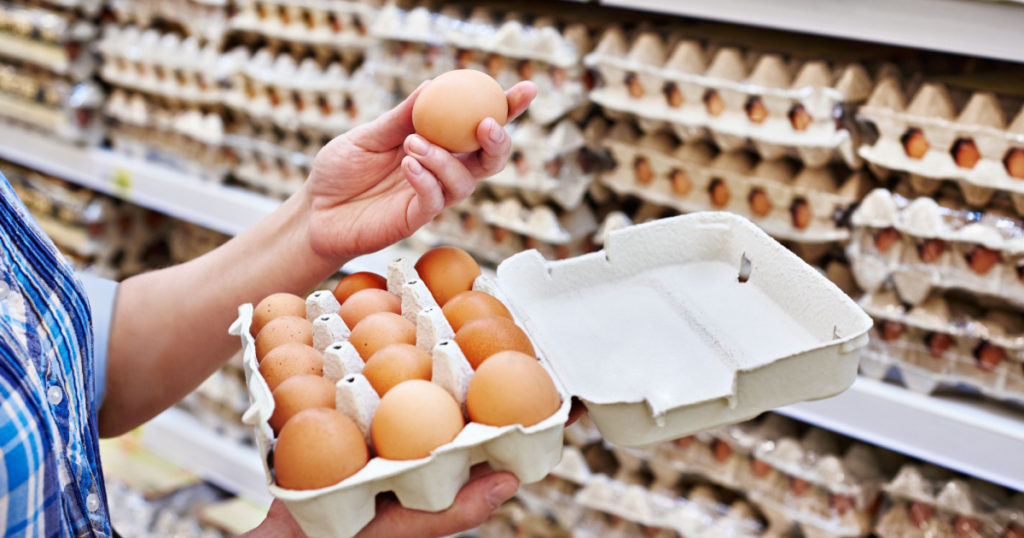
Do you assume that brown eggs are healthier than white ones? While it’s true that brown-colored foods like whole-wheat bread and pasta can be healthier, the color of an eggshell doesn’t indicate its nutritional value. In fact, brown eggs and white eggs have the same nutritional value. When it comes to ‘cage-free’ eggs. It’s disappointing to say, but the truth is that not all eggs labeled as “cage-free” are actually from chickens living in a truly cage-free environment. Some farms use larger cages that technically qualify as “cage-free,” which allows them to charge more for the eggs without incurring significant costs.
Essentials are ‘conveniently’ hidden in the back

Have you noticed that some grocery stores tend to place essential items, such as milk, eggs, and butter, toward the back of the store? This strategic placement can work in the store’s favor. By having these key items in a less convenient location, shoppers have to walk through other sections of the store, thus, potentially catching their eye on other tempting items, like seasonal goods or free sample stands with delicious aromas. So, the next time you’re on the hunt for staples, be prepared to take a stroll through the store and practice some self-control to avoid impulse purchases.
Those deals that are almost too good to be true

The “10 for $10” deal may seem like a great bargain, but you don’t necessarily have to buy ten items to take advantage of it. Even if you only buy three, you can still get them for $1 each. However, beware that this marketing strategy is just another way for stores to tempt you into buying more items than you need.
Carved meats cost more than their counterparts
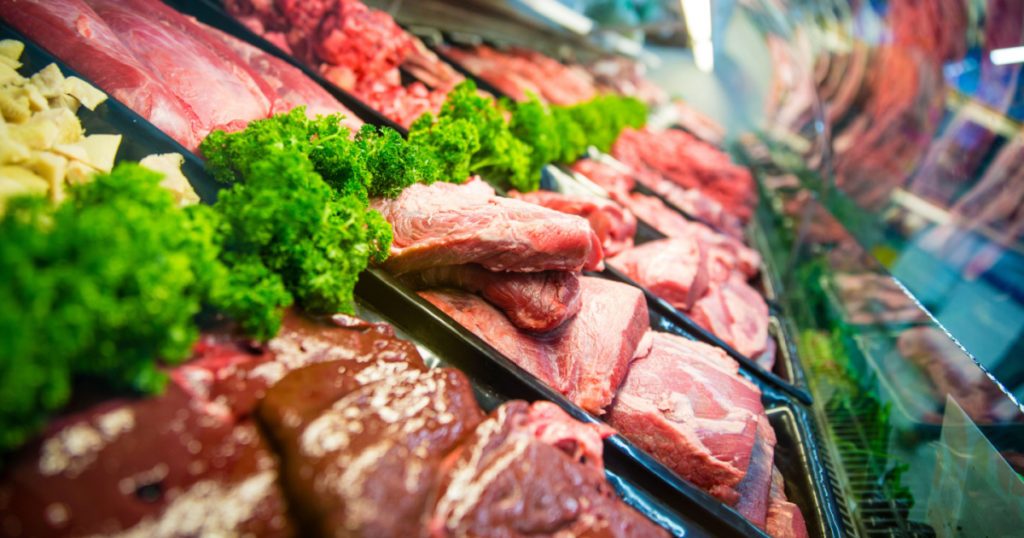
If you’re up for the task of carving a chicken, consider buying a whole bird instead of pre-packaged cuts like boneless skinless chicken breasts. You’ll save money per pound with a whole bird. The same applies to bulk vs smaller packaged products. Grab a couple of freezer bags and portion out your meats into meals, then freeze.
Prices that end in .99 cents
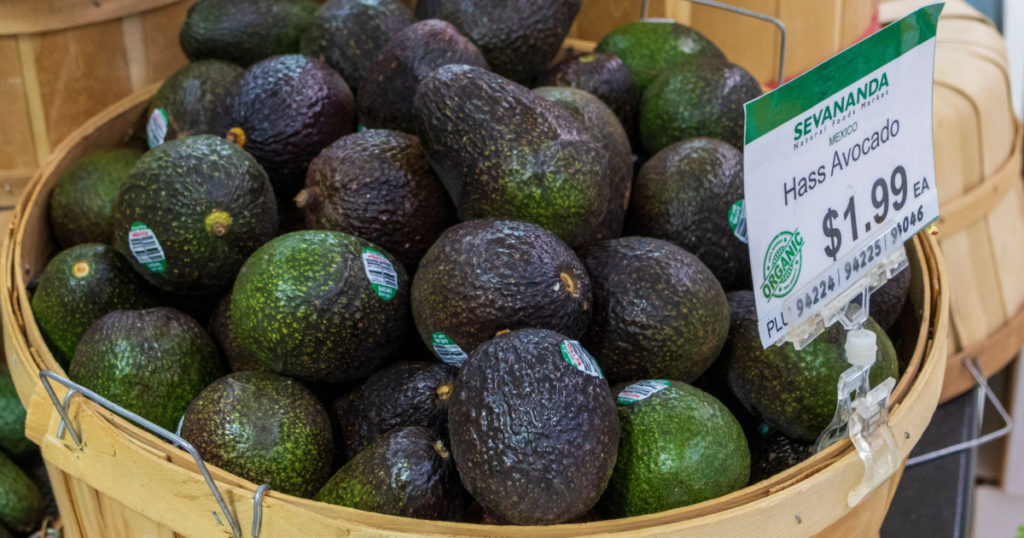
One of the oldest pricing tricks in the book is to mark an item down by just one penny, which makes the top number appear significantly cheaper. For example, pricing an item at $4.99 instead of $5.00 may make it seem like a great deal. However, in reality, that penny difference hardly makes a dent in the overall cost.
Those tempting snacks placed near the checkout
Believe it or not, candy bars are not placed at the checkout line just because it’s the easiest location to put them. It’s all part of a clever strategy to entice you to grab a quick snack while you’re waiting in line or on your way out. Don’t fall for it!
Keep Reading: Man Explains How to Tell How Long Grocery Store Eggs Have Been in Packaging
